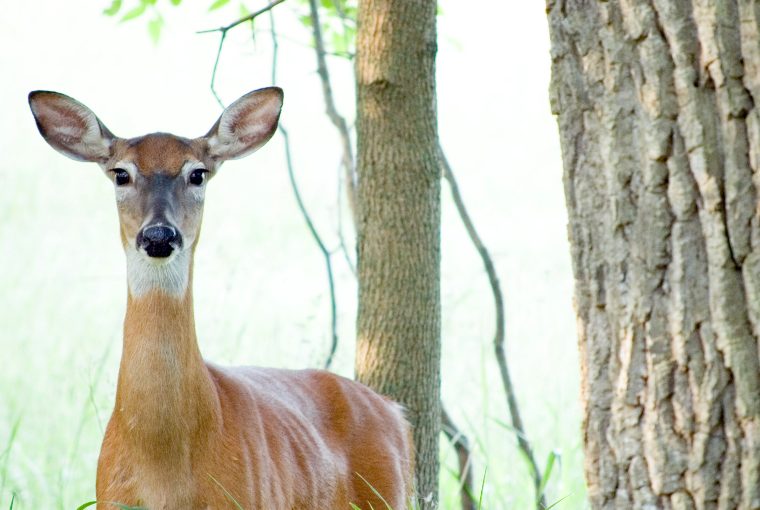
The Ministry of Natural Resources and Forestry (MNRF) is taking a high-tech approach in order to prepare for a fight against Chronic Wasting Disease (CWD), should it ever enter the province.
That effort began in Jan. 2020 with a two-year trail camera whitetail study that tracks deer movement in the Apsley and Peterborough areas. Researchers hope that cameras set in each area will provide information on deer contact rates in winter congregation areas, such as in deer yards.
Beginning in Jan. 2022, MNRF staff will radio-collar a maximum of 50 deer per year for two years. Each GPS collar will record deer locations as well as employ a proximity sensor that will record when they near other radio-collared deer.
Research Scientist Brent Patterson said the goal is to improve the ministry’s ability to proactively respond to any CWD detection in Ontario. “To do so, the science staff needs to be able to predict how CWD could spread at different times of the year.”
The data will help quantify seasonal movements, habitat selection, and contact rates throughout the year. Hunters who harvest a collared deer, or one with an ear tag, should call the posted phone number so ministry staff can collect the tags and collars.
Apsley and Peterborough were selected because they represent different landscapes that deer inhabit in Ontario. Apsley is more forested; Peterborough is more a mixed forest and agricultural area. In the future this research might be expanded to other parts of the province.


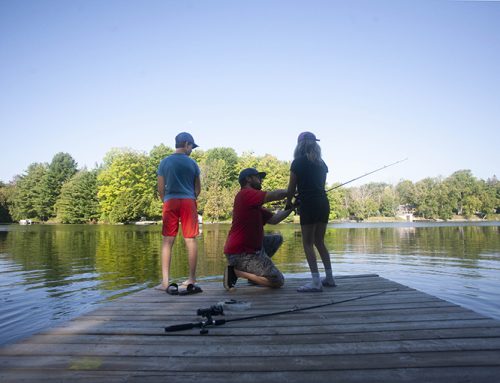
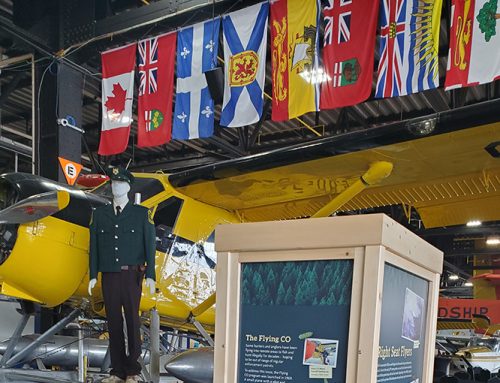
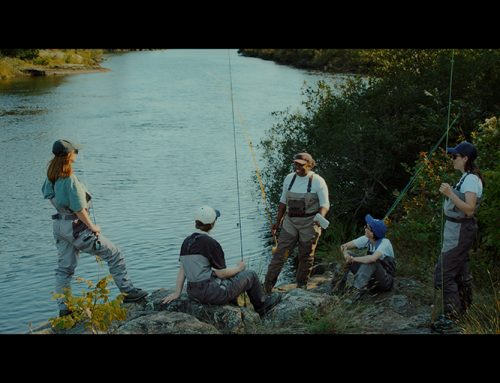
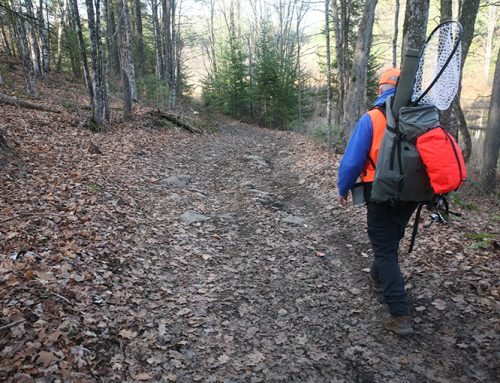
Leave A Comment